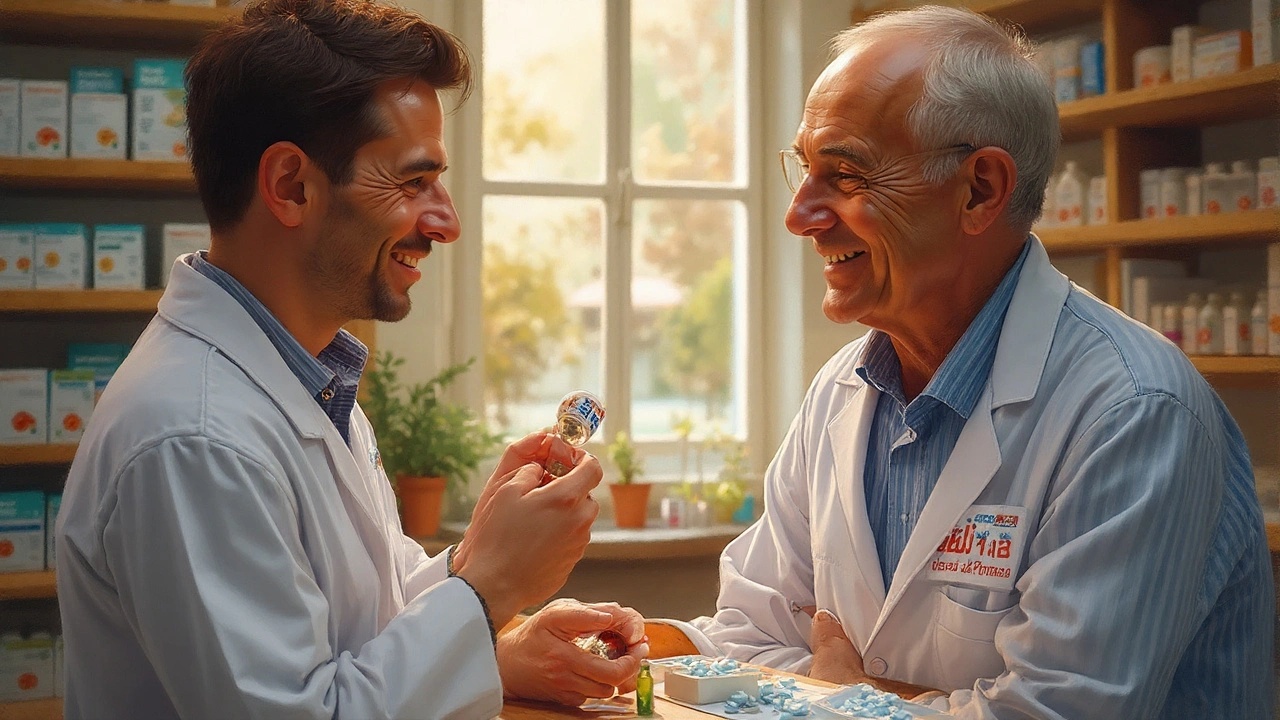Blood Clot: What It Is and How to Stop It
Blood clots sound scarier than they sometimes are, but they can turn a simple ache into a life‑threatening emergency. A clot is just a gel‑like mass of platelets and fibrin that forms when your blood tries to seal a wound. In most cases that’s a good thing, but when the clot builds up inside a vein or artery without an injury, it can block blood flow and cause serious problems.
How Blood Clots Form
Think of clot formation as three steps: a sticky surface, clotting factors, and a slow or turbulent flow. Anything that scratches the inner lining of a blood vessel—like a cut, inflammation, or even a tumor—creates a sticky surface. Your body releases clotting proteins to seal the gap. If blood isn’t moving fast enough, those proteins can link together and make a solid plug.
Deep vein thrombosis (DVT) usually starts in the legs after long periods of sitting, like a road trip or a desk job. If part of that clot breaks off, it can travel to the lungs and become a pulmonary embolism (PE), which feels like sudden shortness of breath and chest pain. Men who take testosterone boosters, have prostate surgery, or use certain antidepressants (like venlafaxine) can see higher clot risk because those drugs can affect blood thickness.
Practical Ways to Lower Your Clot Risk
First, move your body. Even a short walk every hour can keep blood flowing. If you’re on a long flight, stretch your calves, flex your feet, or wear compression socks. Staying hydrated also helps—dehydration makes blood thicker, so aim for at least eight glasses of water a day.
Second, watch your lifestyle choices. Smoking, excessive alcohol, and a high‑fat diet all push your blood toward clotting. Cutting back on cigarettes, limiting booze, and eating more fruits, veggies, and whole grains can make a noticeable difference.
Third, talk to your doctor about medicines if you have risk factors. Anticoagulants like apixaban or warfarin are common for people with atrial fibrillation, recent surgery, or a history of DVT. Your doctor will weigh the benefits against bleeding risk and may start you on a low dose before adjusting.
Finally, know the warning signs. Sudden swelling, warmth, or pain in a leg, especially if it’s one-sided, could be DVT. Sharp chest pain, fast breathing, or coughing up blood might mean a PE. Don’t wait—seek medical help right away. Early treatment with blood‑thinners can prevent the clot from growing and reduce complications.
Putting these steps together—move often, stay hydrated, quit smoking, eat smart, and stay on top of any prescribed meds—gives you a solid defense against unwanted clots. If you ever feel unsure about a symptom, a quick call to your healthcare provider is worth it. The goal is simple: keep your blood flowing freely so you can stay active and healthy.
